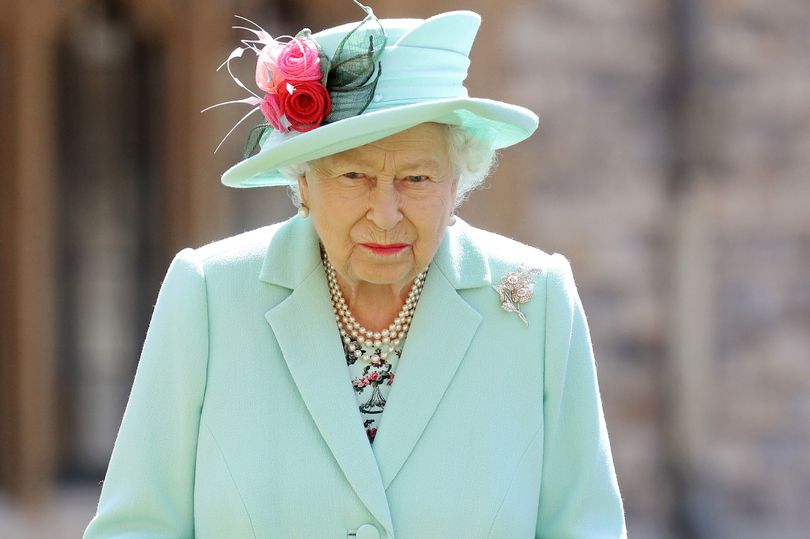Buckingham Palace has confirmed that Queen Elizabeth II has died at the age of 96. The United Kingdom will now enter a period of national mourning for its longest ever reigning monarch
The Queen has died at the age of 96.
Her Majesty passed away earlier today, Buckingham Palace confirmed in a statement.
Queen Elizabeth II has reigned over the United Kingdom since 1952 and is the country’s longest-serving monarch.
Buckingham Palace said: “The Queen died peacefully at Balmoral this afternoon. The King and The Queen Consort will remain at Balmoral this evening and will return to London tomorrow.”
On Thursday lunchtime (September 8), Buckingham Palace confirmed royal doctors were “concerned” about the monarch’s health and had placed her “under medical supervision.”
Her death marks the end of the Elizabethan era and is certain to trigger an extended period of national mourning.
Prince Charles, her eldest son, now becomes King having held the position of Prince of Wales for the longest period in history. Prince William is now expected to inherit that title.
Camilla, the Duchess of Cornwall, will likely now become the Queen Consort. She will be the first person to fill the role since the Queen Mother.
Tributes flowed in for the Queen from around the globe from heads of state and political leaders.
As Queen, Elizabeth oversaw a period of modernisation and great technological advance in Britain.
As well as being sovereign, she was Head of the Commonwealth and key to keeping the bloc of former British Empire territories united.
She was born in Mayfair in 1926 to the Duke and Duchess of York, who later became King George VI and Queen Elizabeth when King Edward VIII abdicated the throne in 1936 to be with his American lover Wallis Simpson.
Elizabeth acceded the throne in 1952 after her father died while she was on a tour of Kenya.
As Princess Elizabeth, she married Philip Mountbatten in 1947 before having four children; Charles in 1948, Anne in 1950, Andrew in 1960 and Edward in 1964.
She would later have eight grandchildren; William and Harry, Peter Phillips and Zara Tindall, Princesses Beatrice and Eugenie, and Lady Louise and James, Viscount Severn.
She now has eight great-grandchildren that form the future of the House of Windsor. George, Charlotte, Louis, Archie, Savannah, Isla, Mia and Lena.
The Queen has overseen a period in which the Royal Family has had to adapt to changing cultures and lifestyles of its subjects.
Her first prime minister, Winston Churchill, had just led Britain through the Second World War and became almost a father figure to her. Boris Johnson is the 14th prime minister her reign has taken in.
Her Majesty even turned super spy Hollywood star when she appeared with James Bond to mark the opening of the London 2012 Olympics
Her popularity remains high although it has faced periodic moments of resistance, most notably in 1997 after the death of Diana, Princess of Wales.
The Queen was prompted by the outpouring of grief and anger from the public to take the unusual step of doing a live, televised address to the nation.
Five years earlier she described 1992 as an “annus horribilus” after a year in which Charles, Anne and Andrew all saw their marriages collapse, the Duchess of York Sarah Ferguson featured on the front of newspapers in the infamous “toe-sucking” pictures, Diana released a tell-all book exposing Charles’ relationship with Camilla Parker Bowles and Windsor Castle was badly damaged by a fire.
In happier times, the biggest events of her reign were the Coronation in 1953, the Silver Jubilee in 1977, and Golden and Platinum ones in 2002 and 2012.
Courtesy: Daily Star

